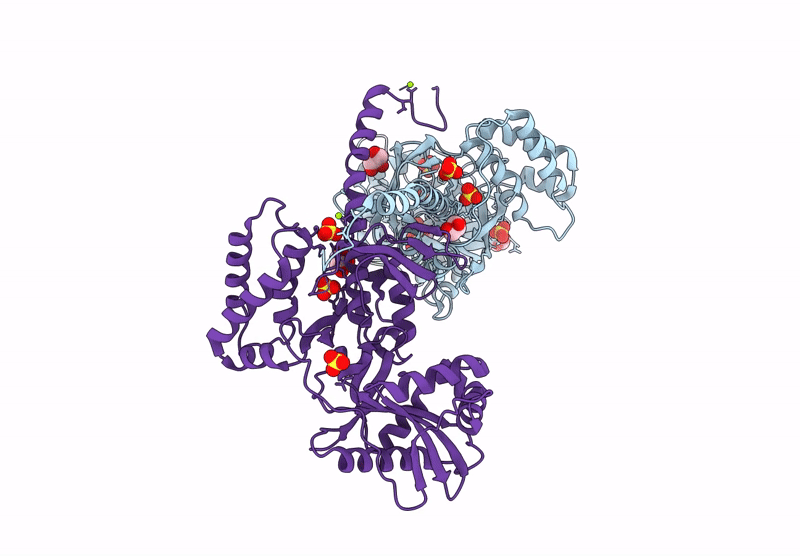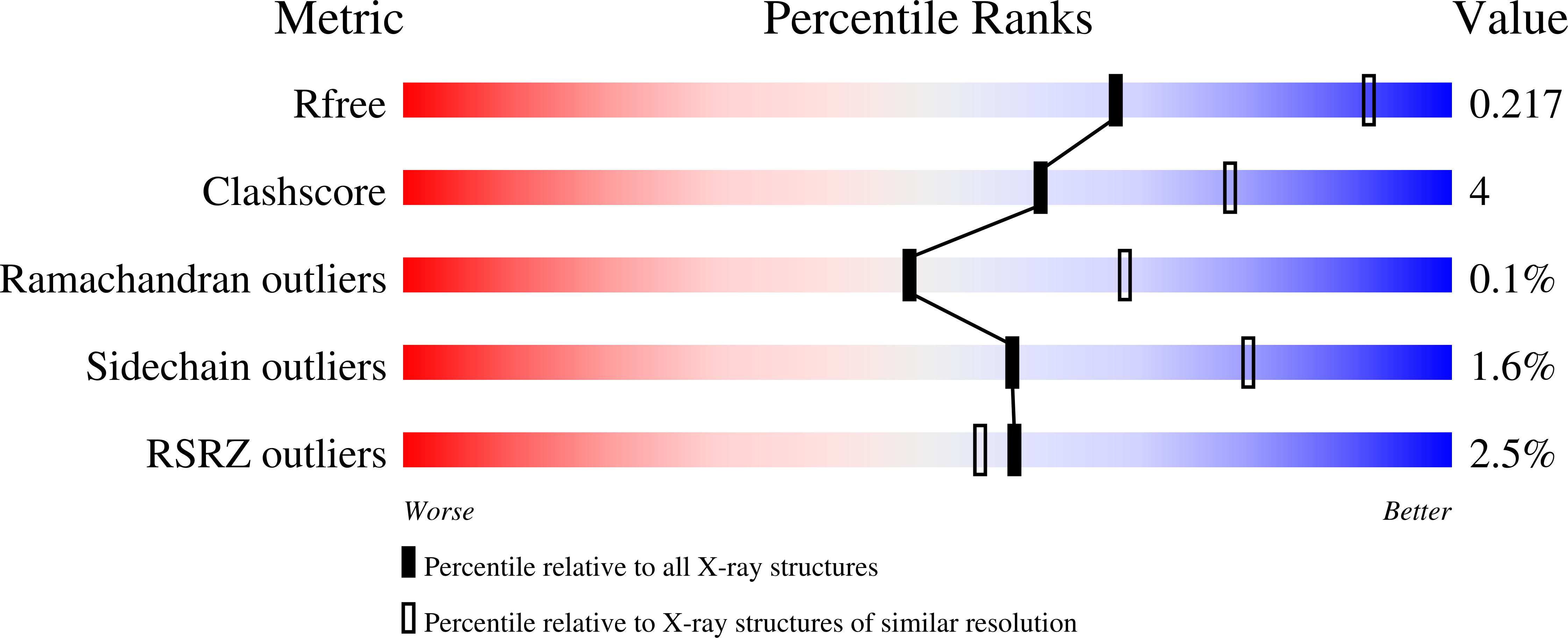
Deposition Date
2025-03-06
Release Date
2025-05-28
Last Version Date
2025-08-20
Entry Detail
Biological Source:
Source Organism:
Saccharopolyspora erythraea (Taxon ID: 1836)
Host Organism:
Method Details:
Experimental Method:
Resolution:
2.50 Å
R-Value Free:
0.21
R-Value Work:
0.17
Space Group:
P 21 3


